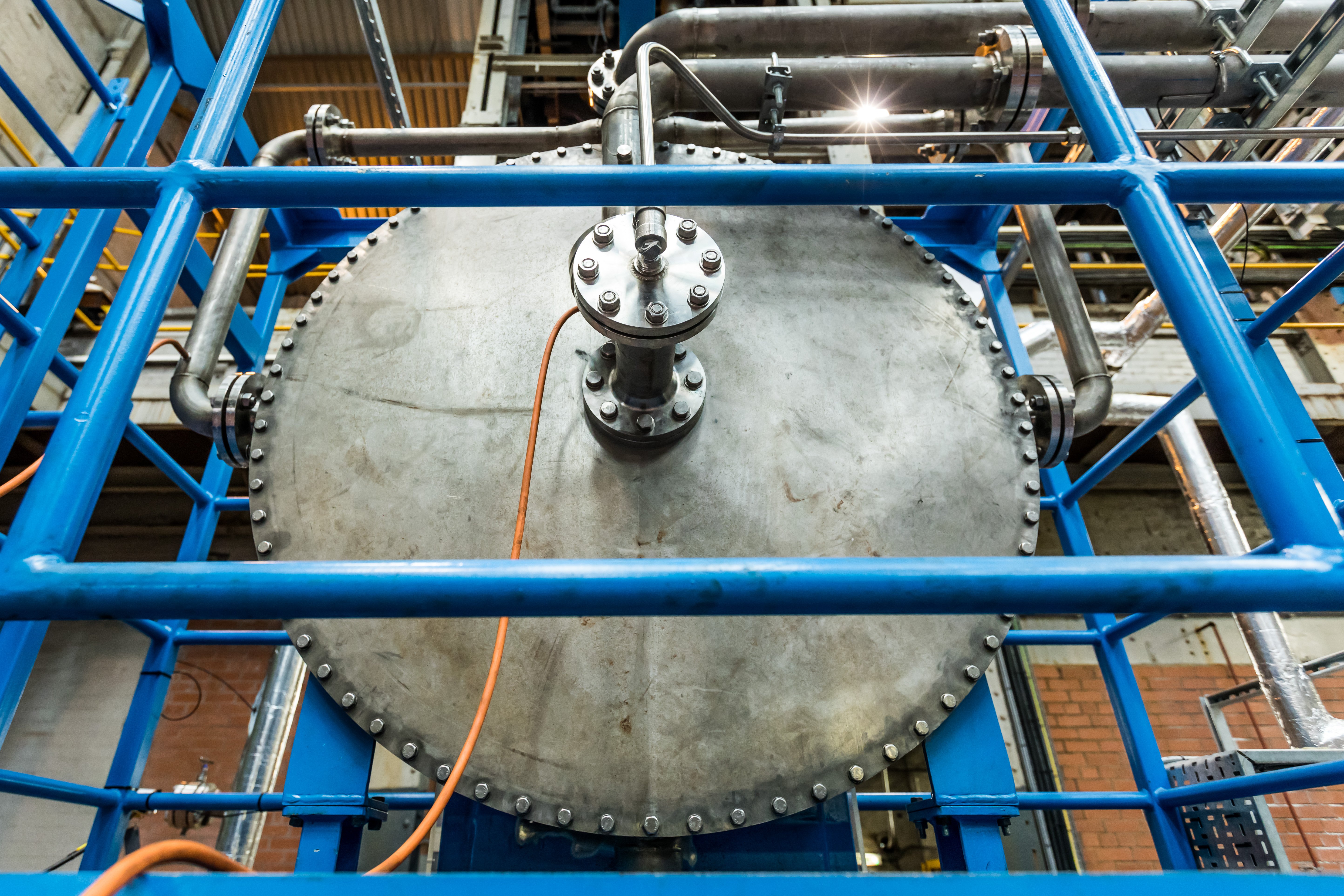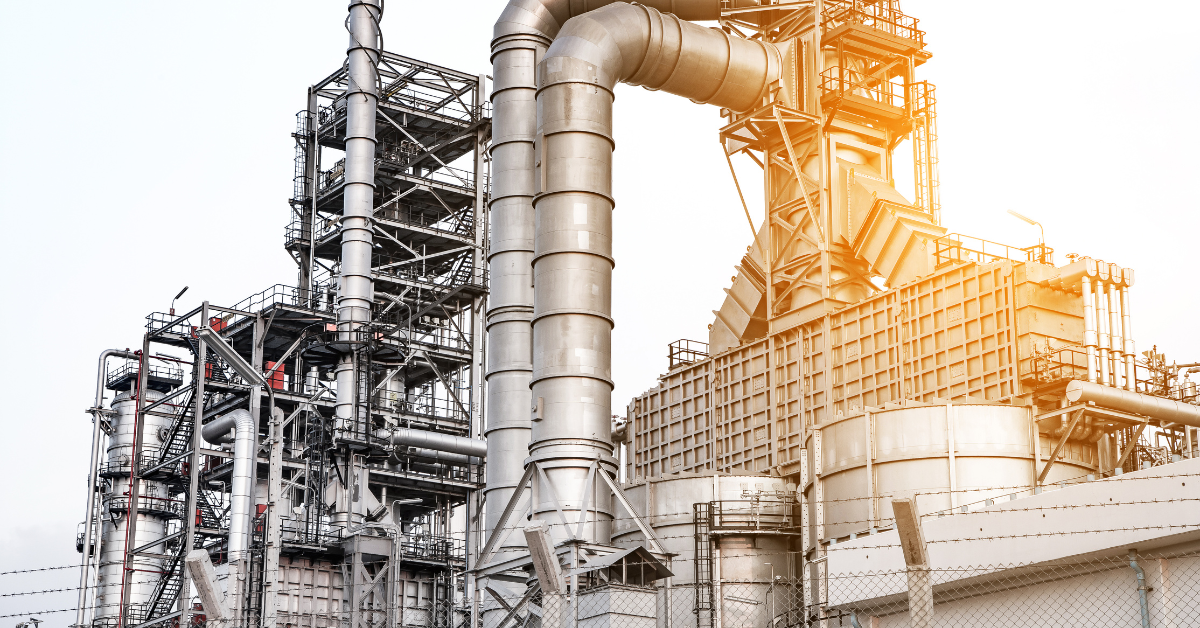Roughly 40 per cent of the American workforce lives in manufacturing-heavy working-class towns, neither cities nor farming-dominated rural regions. Many industries that these communities rely on are among the hardest to decarbonise, such as refineries, as well as cement and steel plants.
Finding a clean technology solution is vital to sustaining local job markets while also reducing emissions. There is a growing acceptance that carbon capture, use and storage (CCUS) is this solution.
Last Autumn's Infrastructure Investment and Jobs Act — the bipartisan infrastructure bill signed into law by President Joe Biden — allocated about $12 billion for carbon capture and industrial emission reduction, directly supporting a massive increase in the CO2 transport and storage infrastructure industries. The inclusion of this funding in the legislation points to the strong political need to ensure that American industries adapt to a net zero economy — and the importance of CCUS to achieving this.
This is also the case globally. The International Energy Agency is clear that it will be impossible to reach net zero without accelerating the industrial adoption of CCUS; deployment needs to be 50 per cent higher than current projections to reach global net zero goals.
However, there have been some significant barriers to widespread adoption. The size of carbon capture technology has been an issue for plants in heavy, hard-to-abate industries, where there is often limited space for a large onsite system. Last year, a survey of hard-to-abate industries, Scaling up CCUS — market insights, by the firm Decarb Connect, found that space is a major concern, and that many industries need to integrate carbon capture solutions within their existing footprint. Cost and ease of installation have also been barriers to widespread adoption.
Being able to provide compact, modular carbon capture units that will reduce the cost of CCUS and cut the installation time is crucial if carbon capture is to deliver on its promise. Last year saw the launch of an innovation set to achieve this: CycloneCC™.
CycloneCC™ is the world’s smallest industrial carbon capture solution that will make carbon capture viable for many, especially heavy emitting companies in the refineries, cement, steel and energy from waste sectors. It has already been successfully pilot tested at 1 tonne per day (TPD) and is being commercialised at 10 TPD and 100 TPD with select partners. These include CEMEX, a global leader in the building materials industry, which is working to research, engineer and develop CycloneCC™ at its cement plant in Victorville, California. This project is partly funded by a U.S. Department of Energy grant and includes partners RTI and Oak Ridge National Laboratory.
This carbon capture solution is unique in that it uses a breakthrough combination of two process intensification technologies — rotating packed beds (RPBs) and the APBS-CDRMax® solvent. Both are well-established technologies but when combined, they radically reduce the size of the equipment required to achieve the same level of performance as conventional technology. The RPB is housed in a pre-fabricated skid that can be easily transported on a truck. This replaces the tall column or stack that is used in conventional carbon capture plants — saving on space, reducing permitting requirements and reducing costs.
Every CycloneCC™ unit will be delivered ready to install and with the potential to be operational in less than eight weeks, avoiding a lengthy and complex design, build and engineering process. There is minimal disruption to operations, and safety risks onsite are significantly reduced. As a compact, modular scalable solution, it also allows companies to increase CCUS capacity over time in line with their decarbonisation strategy.
CycloneCC™ will reduce the size and cost of carbon capture by over 50 per cent compared to conventional carbon capture technologies. The solution will ultimately drive down the cost of carbon capture to $30 per tonne on average.
In terms of resources, energy, time and space, CycloneCC™ is a game changer, bringing carbon capture within the reach of more companies and industries.
This technology also has profound implications for America’s industrial 'factory towns', driving down the cost of CCUS to the point where essential heavy industries can finally play a significant role in mitigating climate change without sacrificing jobs or fundamentally altering their business model.
The scale of opportunity for carbon capture in these sectors is high. The steel and cement industries alone are worth $200 billion. Add midstream industries, such as natural gas plants, and it becomes a trillion-dollar domestic market.
A buoyant CCUS sector will also generate jobs. To meet the demand for CycloneCC™, Carbon Clean is already planning gigafactory-scale production and a Center of Excellence to train the skilled workforce needed to deliver this new era of carbon capture. Jobs will also be created throughout the value chain, contributing to the growing green economy./p>
In short, this revolution in carbon capture technology will provide skilled jobs for the next generation of American workers, as well as securing the jobs that millions of families rely on today.
First published in GreenBiz on 24 February 2022



